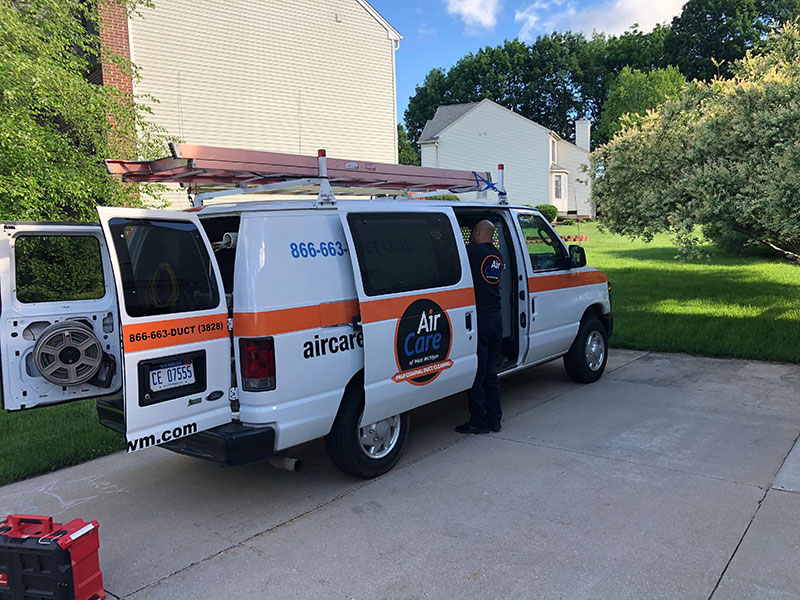
16 May Sandblasting vs Soda Blasting
When looking to strip or smooth a surface of its imperfections, sandblasting produces great results over other methods. However, sandblasting remains extremely dangerous, as the materials used may cause bodily harm or respiratory failure when handled incorrectly.
Fortunately, soda blasting offers a safer, FDA approved option for cleaning and smoothing outdoor surfaces.
Sandblasting works by using fine sand and highly abrasive, gritty materials funneled through a small cone-shaped nozzle. Other materials used within this nozzle include ground nut shells, steel grit and glass beads. Professionals then direct these objects at whatever surface needs to be smoothed, stripped or sanded. This process works similar to using sandpaper on a wall, amplified by 100.
Many argue that sandblasting is too dangerous to continue using as a method of smoothing. The crystalline silica found in the sand used to blast the surfaces causes damaging or fatal respiratory disease, according to a 1992 alert released by the Center for Disease Control (CDC).
Soda blasting works similarly to sandblasting, without the horrifying effects. A soda blaster works by excreting sodium bicarbonate, commonly known as baking soda, through a funnel pushed out by compressed air. This process is environmentally safe, affordable, cleaned using simple water and much less aggressive and dangerous than sandblasting.
This process cleans rust from metal, paint from smooth surfaces, hard-water deposits from tile and graffiti from outdoor areas. Soda blasting is relatively new in the field of smoothing surfaces. Soda blasting requires a one time use to clean any surface it’s sprayed on.
For all your surface smoothing tasks, consider soda blasting –– the safest and most affordable solution!
For more information on sandblasting vs soda blasting from the experts at Air Care of West Michigan contact us here or call us at 616.773.2287.



Sorry, the comment form is closed at this time.